Troponin is an enzyme or protein that is used for the evaluation of heart injury. The normal troponin level is 0.00 to 0.04 ng/ml. Cardiac troponins are proteins that are located in the heart muscle. Troponins are released into the bloodstream when damage has occurred to the heart muscle. Troponin is a sensitive marker that is used to make the diagnosis of a heart attack or other heart damage. What is Normal Troponin Level: Reference Range and Interpretation.
What is a Normal Troponin Level: Reference Range and Interpretation
It is imperative to identify a heart attack in its early stages because healthcare providers can then provide emergency treatment. The early identification of MI is vital for the institution of anti-thrombotic therapy to limit heart muscle damage and preserve cardiac function.
Types of Troponin
- Troponin T levels are used for the exclusion of an acute heart attack. Doctors used troponin T levels to monitor acute coronary syndromes and to estimate prognosis. TroponinT is a protein that is found in the heart muscles.
- Troponin I levels inhibit calcium concentration. Troponin I is the only troponin present in the heart muscle and is not expressed during any developmental stage in skeletal muscle. Troponin I is released into the bloodstream within hours of the onset of symptoms of a heart attack or heart muscle damage. It can be detected at 3 to 6 hours following the onset of chest pain, with peak concentrations at 12 to 16 hours and remains elevated for 5 to 9 days.
- Troponin C has 4 binding sites and it mediates calcium dependency.
Related Articles
Normal Troponin Levels
Widow Maker Heart Attack
Magnesium Overdose Symptoms
Widow Maker Blocked Artery
The Troponin Test that is used most often to detect heart damage is the Troponin T levels.
Troponin Reference Range
[su_note]Every healthcare facility has its own cutoff range, but the majority has a cutoff range of less than 0.01 ng/mL. This means that if your level is greater than 0.01 ng/mL, there is a good possibility that there is some kind of heart muscle damage.[/su_note]
Interpretation of Troponin: Other Reasons Why Troponin Can Be Elevated
Cardiac Reasons
- Trauma to the heart
- Cardiac surgery
- Cardioversions
- Chronic heart failure
- Arrhythmias
- Myocarditis
Non-Cardiac Reasons
- Blood clots in the lungs
- Infection
- Renal failure
- Stroke
- Autoimmune diseases
Causes of Elevated Troponin:
Interpretation of Troponin Levels
When a patient comes into the emergency department with chest pain, the healthcare providers will immediately order a serum troponin level. If the troponin level comes back elevated, along with other positive diagnostic tests, the provider will initiate a heart attack protocol.
It the EKG is negative, and the patient shows no other signs of a heart attack, the provider will start to look at other reasons for the elevated troponin. Many times if the elevated troponin is not related to cardiac issues, it is related to renal issues.
To sum it up, elevated troponin levels are a powerful indicator of cardiac muscle damage. However, it is not a 100% indicator.
What Can Cause Troponin Levels to Be Elevated?
Although the majority of time troponin levels are elevated because of heart muscle damage, sometimes there are other reasons. Some of the reasons are:
- Kidney failure- this is the second most common reason for elevated troponin
- Severe high blood pressure
- Infection
- Burns
New Technology For Troponin Enzymes
A highly sensitive test called Troponin T has been developed to detect more cardiac infarctions or heart attacks.
When doctors used the conventional Troponin and the Troponin T-test, 5% more heart attacks were detected with the troponin T-test.
Elevated troponin levels usually indicate cells in part of the heart have died from lack of oxygen.
The Troponin T-test is a little more expensive, but it is worth the extra cost because it detects heart damage earlier. Any delay results in heart muscle damage.
Elevated Troponin Levels Nursing
It is very important for nurses to know about elevated troponin and its relationship to heart muscle damage. This book titled Cardiovascular Care Made Easy is an excellent book on cardiac nursing. Nurses are usually the first professionals to draw the labs and to look at the results.
When a patient comes into the emergency room complaining of chest pain, the nurse is usually the first professional that the person comes in contact with.
The nurse usually has standards of care when someone comes in with chest pain.
These protocols involved testing for Troponin 1 levels. The nurse oftentimes is the first professional to look at labs, and the first lab they will look at is the Troponin 1 levels.
If the troponin 1 range is abnormal, the nurse will immediately notify the physician.
The first line of defense against heart disease is to monitor your blood pressure.
Troponin Blood Tests Can Be Flawed
The troponin level, which is the gold standard test for detecting a heart attack can be misleading according to researchers. Researchers investigated 20,000 patients at the University Hospital Southampton that were undergoing lab tests for troponin.
Also, if you are taking biotin, just know that biotin can cause falsely elevated troponin.
Conclusion
An elevated troponin level does not necessarily mean that you are having a cardiac event. An elevated troponin level should be assessed along with signs and symptoms, and cardiac diagnostic tests.
References:
My name is Phyllis Robinson MSN, RN. I have been a Registered Nurse for 27 years in the Cardiac Intensive Care Unit. I am passionate about cardiac care and heart disease. I also want this blog to be an educational tool that people can refer to for traditional and alternative treatment. I will blog on heart disorders such as high blood pressure, congestive heart failure, cardiomyopathy, and high cholesterol.
I received my Nursing degree from Baltimore Community College.
I went on to receive my Masters in Nursing from Walden University
I have worked for almost 30 years in Critical Care with a focus on heart health. I am an advocate of preventive healthcare.

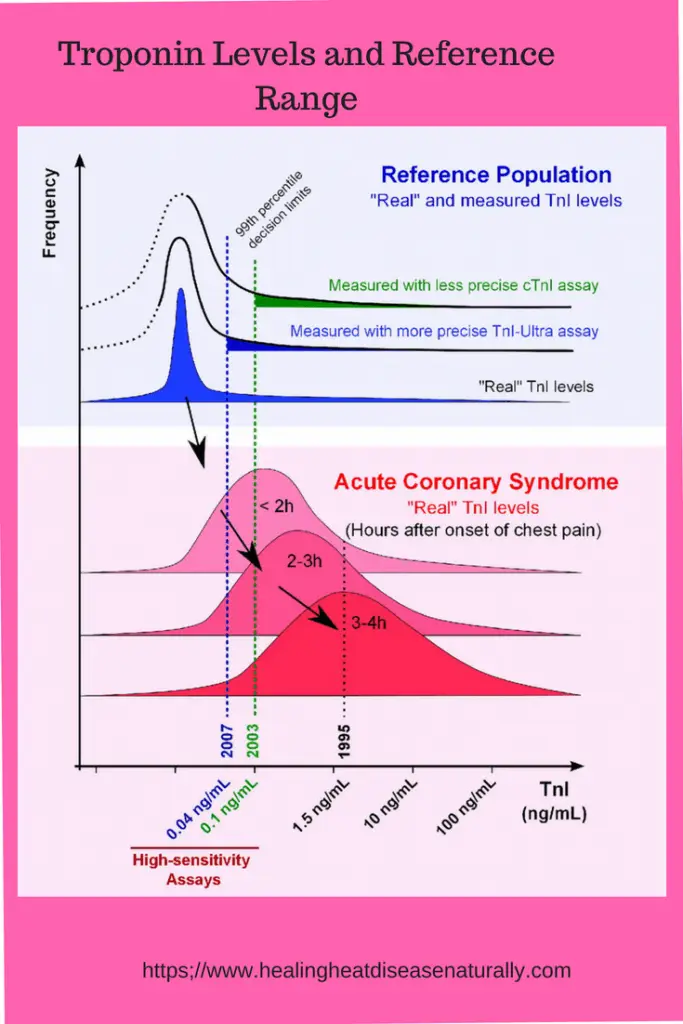
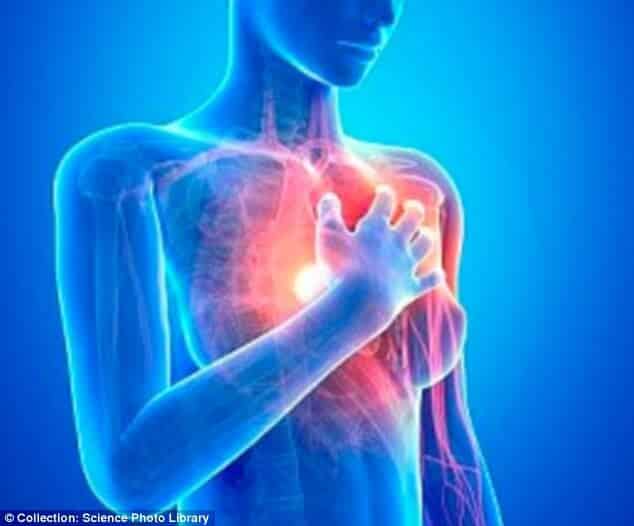
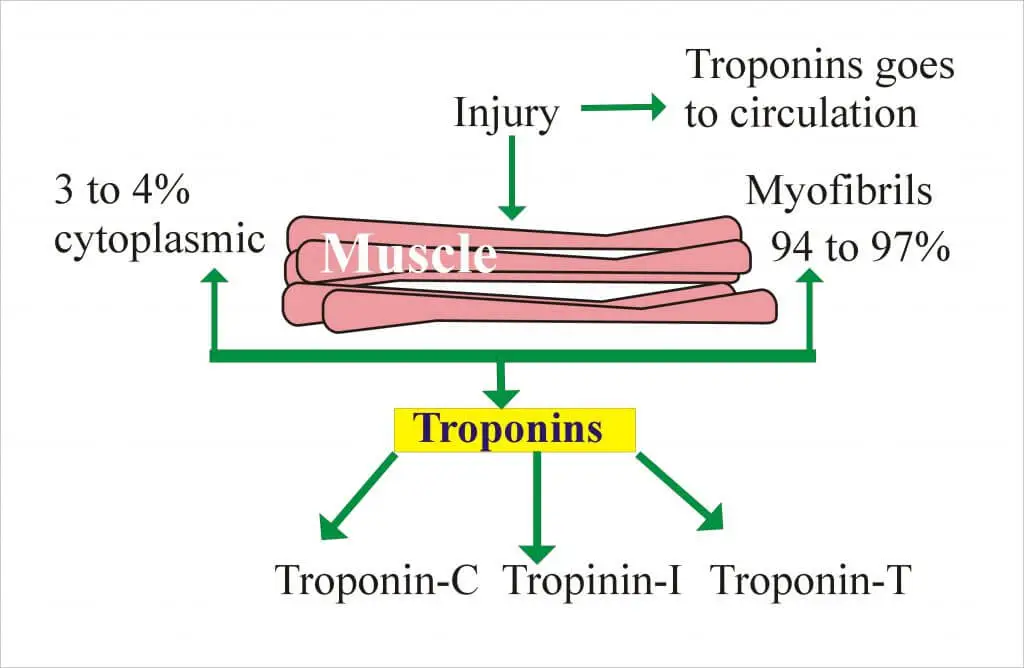
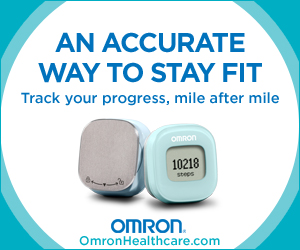
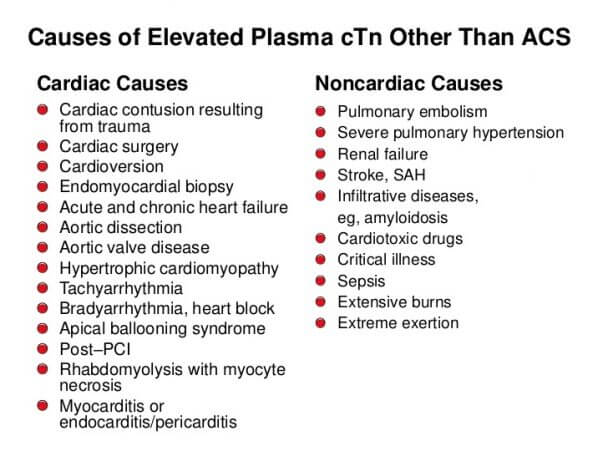
good morning! so if my Troponin I level is .017 is this OK?
Yes your level is fine!
Nurse Phyllis
I am totally confused…my test says <.017 yet I am seeing that it shouldn't be above .04?
The troponin level should be less than 0.04. Your level is fine of .017
Nurse Phyllis
Maybe the person with the question is not realizing that .04 is the same as .040 and is not realizing that 40 is greater than 17.
My Troponin I level was <0.300 is that ok?
What was the reference level of the lab? Different labs have different reference ranges.
Nurse Phyllis
Yes that is ok !
Nurse Phyllis
Phyllis,
Very good and informative article you created!
I had an heart attack two 2 years ago.
Doctors cannot explain this better to me.
I have one question:
You say that below 0.04 is fine but most health providers cut-off rate is 0.01.
why would that be?
Every lab has different cutoffs!
Nurse Phyllis
My wife had sinus surgery which was aborted after a heart problem developed after anesthesia. Troponin level went to 2.18 Finally dropped after
1 day to 1.3 and then to .05. is that normal?
She is better now
Yes that is a serious troponin. What was the outcome ?
My tropoinin 1 level was 0.15. What does that indicate?
That level is not that significant in the absence of other factors? Why did you have a troponin level test done?
Nurse Phyllis
That troponin is a normal level.
Nurse Phyllis
I had a triponin 1 done in the ER and my level was <.03. I’ve had a MI before. Is this normal?
Yes that troponin level is normal.
Nurse Phyllis
I had this done I guess when I went to same day care my heart rate was 180 they send me to er did blood work every 4 hours but they did and heart cateries on me it was fine I read on my dismist paper diagnosis was SVT AND high troponin 1 level hypercholesterolaemia hypertension anxiety increased heart rate I read the blood work and found the Troponin-1-0.355ng/mL is the ok .went to dr for check and he said everything is ok .
Yes it looks like everything is fine! If you have any chest pain go immediately to the closest emergency room.
Nurse Phyllis
Don’t let the doctors dismiss you as having anxiety or stress. The heart rate of 180 is concerning and you should see a cardiologist for more tests.
Nurse Phyllis
Hello,
so in 2018 I had woken up to right sided chest pain I did all I could to relax and talk myself out of the situation as to being to young (I was 29 at the time) for a MI. Also being a nursing student I knew what the outcome was I was just so scared and nervous and in disbelief. i tried to lay down and the pain was to much it began to move to my shoulder blade and eventually it was hard to breath and when i stood up to use the restroom i was pale in the mirror i knew then i needed to go to the hospital.
they admitted me with level of 0.17 and did all the tests unfortunately i had to stay 5 days due to me unable to pass a stress test. They wanted my pressure to go past 130 while on treadmill and i physically couldn’t.
everything ruled out, my tests came back negative and no explanation as to why i had a slight elevation and complete right sided chest pain that woke me up while sleeping.
now more then a year later i still suffere from dizziness and i no longer take the medication for “vertigo” due to the fact im a student and mother and the medication allows for me to sleep only and be extra exhausted because i know it lowers my b/p even more so.
So all in all i just wanted to get some ideas and possibilities as to what else to look for or causes or is this most likely something to live with and keep watch for in case of a full on heart attach.
thank you for your comments : )
Oh you are nursing student!! Gosh I remember those days. There are several reasons where your troponin can be elevated. Right sided chest pain is indicative of gallbladder. When I had my gallbladder disease.
When I had gallbladder problems, my troponin was elevated. But even that elevation is not concerning.
Nurse Phyllis
mother went to ER for SVT via EMS. EMS gave adenosine to stop the rhythm before she got to ER. Her troponin levels went from 24 to 26 with normal EKG and no chest pain. she was discharged and told to follow up with PMD. No history of heart or diabetes. is the elevated level dangerous?
That troponin level is not very high. Your mother should be seeing a cardiologist.
Nurse Phyllis
A letter from the cardiologist says:- and Troponin T rose to 455ng/L. Bit high ?
Do you have any heart problems ?
Nurse Phyllis
sorry
<0.010ng/ml reading. Is this normal?
hs-cTroponin-T
<6 ng/L This is my result they tell me this is normal?
Yes that is normal.
Nurse Phyllis
Nurse Phyllis,
I had a heart cath with 85% blockage in Circumflex Coronary Artery. I got my Troponin 1 back with a 1.87 ng/mL. Does this sound like heart damage?
Hi, that troponin level
Is not very high. As the article stated, there are many disorders that can cause an elevated troponin. Join this group to get some ideadton how to decrease that blockage.
https://www.facebook.com/groups/703923789687081/?ref=share
Nurse Phyllis